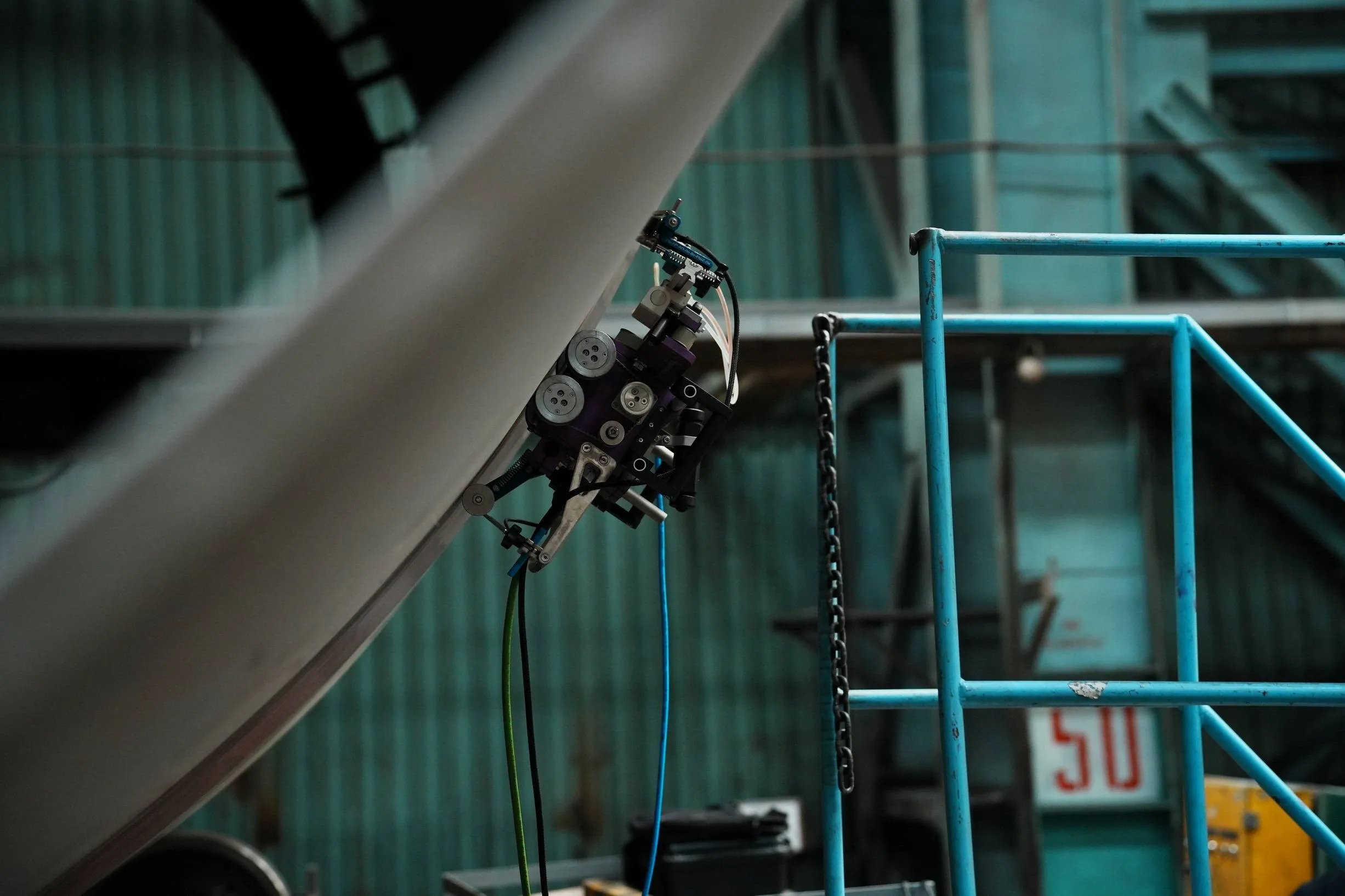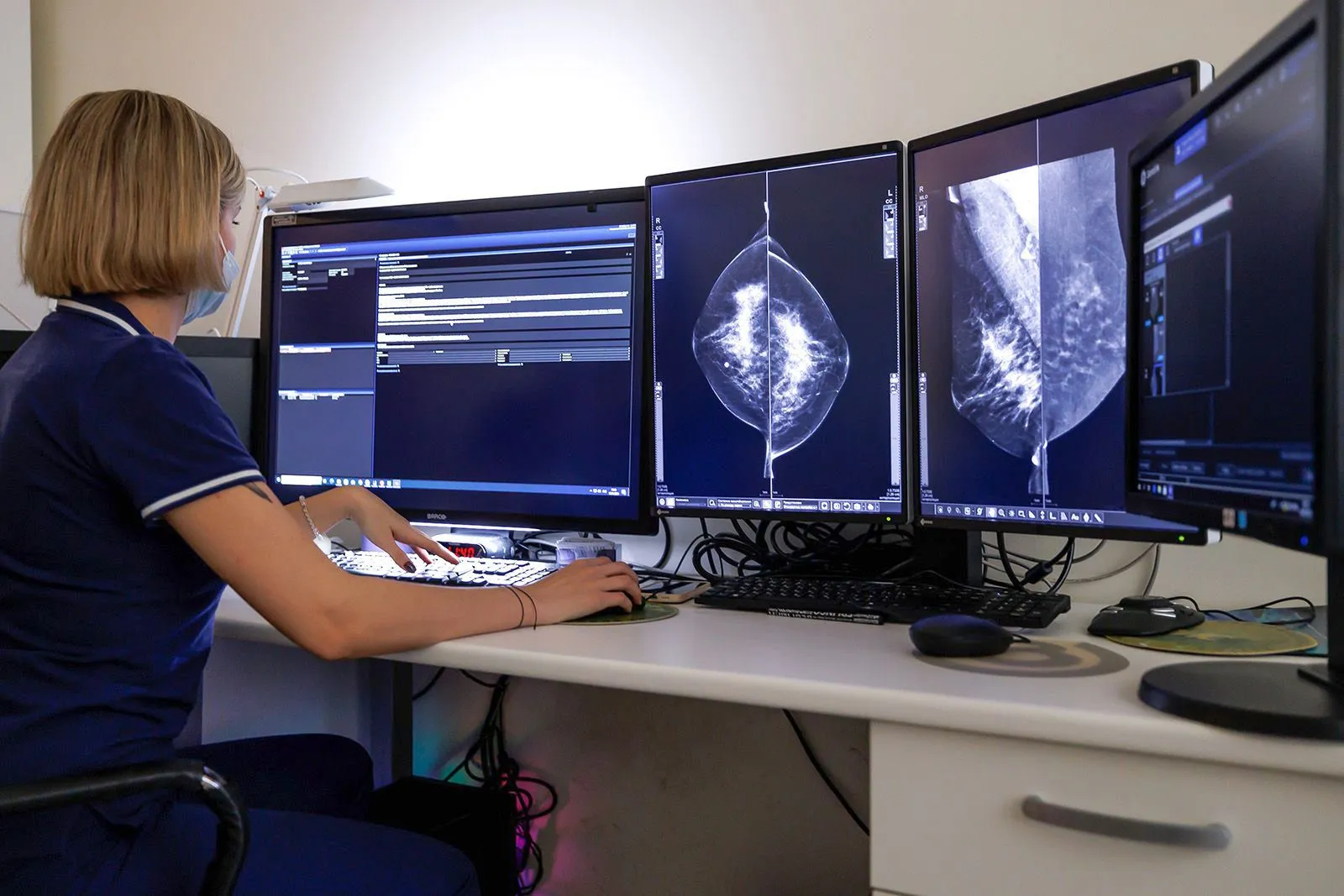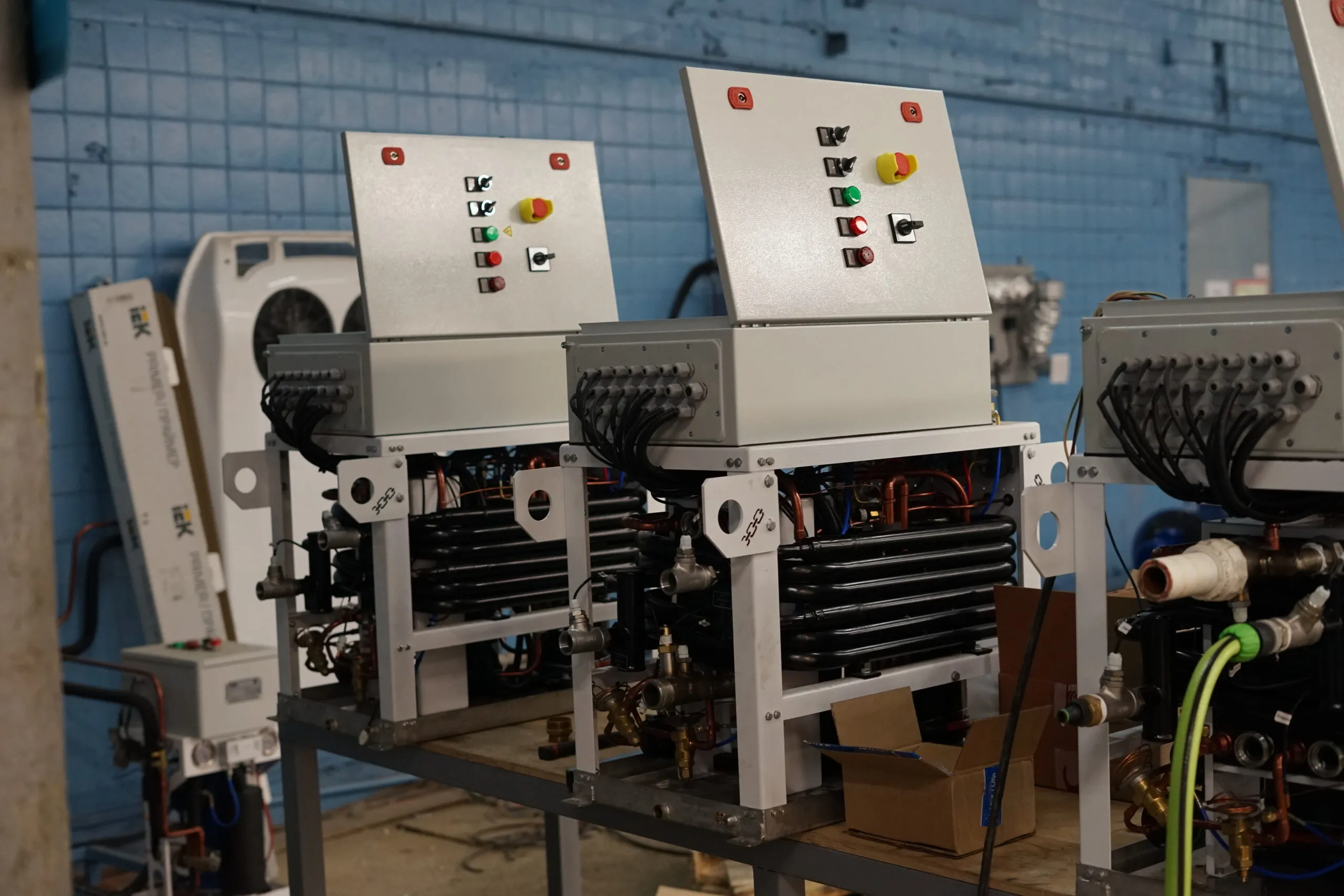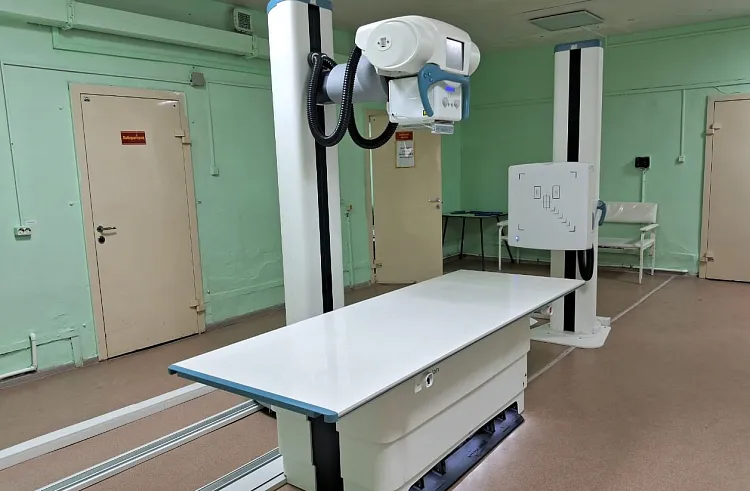Russian Scientists Develop a “Stethoscope” for Aircraft Engines
The portable device from Perm allows engineers to check jet engine noise levels without disassembly — a breakthrough for global aviation standards.

Researchers at Perm Polytechnic University have created Russia’s first portable instrument for monitoring aircraft engine noise, capable of assessing the condition of sound-absorbing panels without removing them from the engine.
The innovation comes as the International Civil Aviation Organization (ICAO) prepares to tighten global noise regulations by 2029, pushing airlines to adopt quieter technologies. The new device gives engineers a lightweight, field-ready tool for quick and precise diagnostics.
Diagnosing Noise Without Downtime
Over time, the acoustic panels inside jet engines degrade — collecting dust and soot and losing their sound-absorbing efficiency. Traditional inspection methods required full engine disassembly and transport of the large panels to laboratories equipped with bulky test rigs, leading to high costs and extended aircraft downtime.
The new interferometer from Perm completely changes that. It’s a compact device consisting of a short tube, two precision microphones, a high-powered speaker, and a mini-computer that processes data in real time. Engineers can use it directly on the tarmac.
Lightweight and Universal
The Russian-made device is six times lighter than foreign analogs and covers 66% more surface area per scan, allowing faster testing of large sections without removal. It also works in environments up to 160 decibels, replicating real engine conditions for maximum accuracy.
The new instrument not only promises quieter and safer skies, but also boosts Russia’s standing in the global aerospace industry, offering airlines a faster, cheaper, and more sustainable way to meet future noise regulations.









































